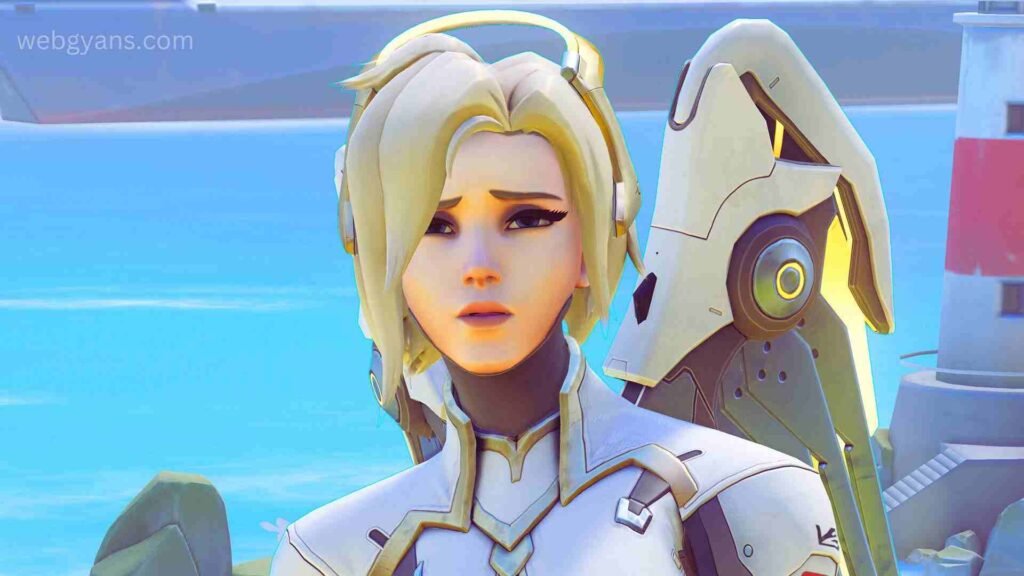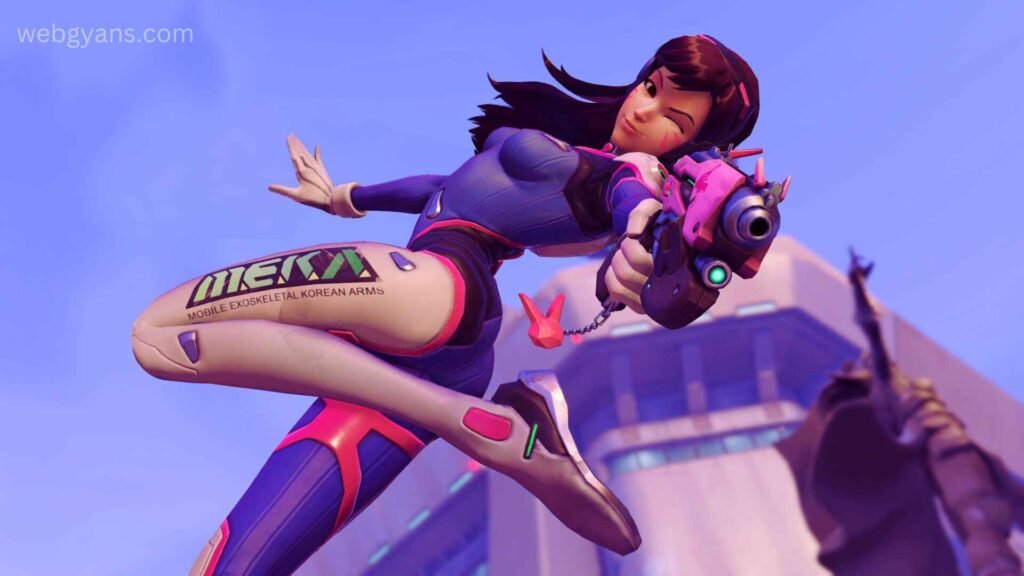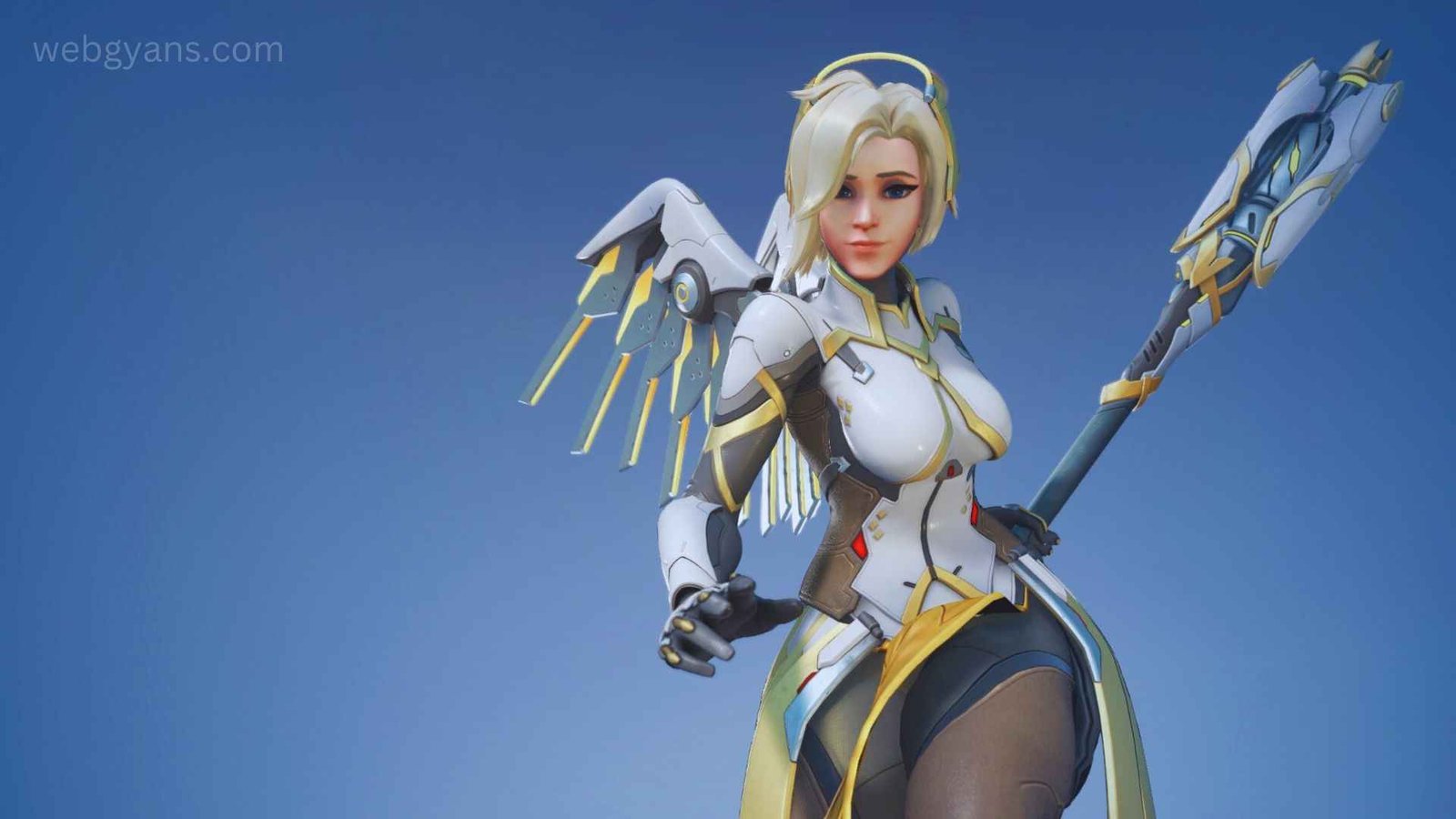In the vast realm of the internet, it’s no surprise that various subcultures and fandoms thrive. One such phenomenon that has garnered attention, both positive and negative, is “Overwatch Rule 34.”
This article delves into the controversial world of Overwatch Rule 34, examining its origins, impact, and the ongoing debates surrounding it. While acknowledging the sensitive nature of the topic, this article aims to provide an unbiased analysis of the subject.
Overwatch, a popular online team-based shooter game developed by Blizzard Entertainment, has garnered a massive player base since its release. However, within the vast online gaming community, there exists a controversial phenomenon known as “Overwatch Rule 34.”
Understanding Rule 34
Rule 34, often humorously stated as “If it exists, there is porn of it,” is an internet adage that originated from a webcomic in 2003. It suggests that any conceivable subject, including fictional characters, will have explicit or pornographic content associated with it. This rule has seeped into various fandoms and online communities, including the Overwatch community.
To truly comprehend the phenomenon of Rule 34 and its impact on the Overwatch community, it is important to delve deeper into its origins and underlying psychology. Rule 34, originating from a webcomic in 2003, has evolved into a widely accepted concept that asserts that if something exists, there is explicit or pornographic content related to it.
In the context of Overwatch, this means that the beloved characters of the game are not exempt from this rule, and various explicit fan-created content featuring them can be found online. This concept stems from the diverse interests and fantasies of individuals, who find an outlet for their creativity through the portrayal of Overwatch characters in explicit ways.

While Rule 34 may be controversial, it showcases the power of imagination and the boundless possibilities of human expression within online communities.
The Impact of Overwatch Rule 34
Overwatch, the immensely popular team-based shooter, has not only amassed a devoted fan base but has also given rise to a significant phenomenon within its community: Rule 34. This provocative subset of fan-generated content, characterized by explicit depictions of Overwatch characters, has garnered both praise and criticism.
In this article, we delve into the impact of Overwatch Rule 34, exploring its effects on the gaming community, its implications for the perception of the game’s characters, and the challenges it poses for developers in maintaining a balance between artistic freedom and responsible content creation. By examining this complex issue, we aim to shed light on the controversies surrounding Overwatch Rule 34 and stimulate a constructive dialogue about its long-term consequences.
Overwatch Rule 34 has undoubtedly left a significant impact on the game and its community. The proliferation of explicit fan-created content, ranging from illustrations to animations, has become a part of the online Overwatch experience for some individuals. It has influenced the perception and portrayal of Overwatch characters beyond their intended designs, adding a layer of complexity to their identities.
The Controversy Surrounding Overwatch Rule 34
The realm of Overwatch Rule 34 has stirred up a considerable amount of controversy within the gaming community and beyond. As fan artists push the boundaries of creative expression, questions arise regarding the ethical implications and impact of explicit content featuring beloved Overwatch characters.
we delve into the multifaceted controversy surrounding Overwatch Rule 34, exploring the debates around consent, representation, and the potential effects on the perception of the game itself. By examining the viewpoints of various stakeholders and considering the challenges faced by both the community and the developers, we aim to foster a deeper understanding of the complexities at play and encourage a respectful and nuanced conversation about the future of Overwatch Rule 34.
The emergence of Overwatch Rule 34 has sparked intense debates and controversies within the gaming community. Critics argue that this explicit content objectifies and sexualizes the characters, detracting from the game’s original purpose and potentially alienating players who seek a more wholesome gaming experience. Others argue that the creation and consumption of such content are personal choices and should not be censored or controlled.
Community Response and Management
The emergence of Overwatch Rule 34 has undoubtedly sparked intense reactions and conversations within the community. It is crucial to examine the various responses and understand the importance of effective community management in navigating this terrain. In this article, we delve into the diverse reactions to Overwatch Rule 34, ranging from staunch defenders of artistic freedom to those who express concerns about the objectification and misrepresentation of characters.
We also explore the role of developers and community managers in fostering an inclusive and respectful environment, addressing concerns, and engaging in meaningful dialogue to bridge the gaps between differing viewpoints. By shedding light on the complexities of community response and management, we aim to provide insights into building a healthier and more constructive community around Overwatch Rule 34.
Blizzard Entertainment, as the developer and publisher of Overwatch, faces the challenging task of managing the community’s response to Rule 34 content. They must strike a delicate balance between respecting the creative freedom of their players and maintaining the integrity of the game’s brand and image.
Moderation efforts, such as enforcing community guidelines and implementing reporting systems, have been put in place to address explicit content that violates established rules.
Legal and Ethical Considerations
From a legal perspective, the creation and distribution of Overwatch Rule 34 content can raise intellectual property and copyright concerns. Unauthorized use of characters and their likenesses can infringe upon Blizzard Entertainment’s rights, leading to potential legal actions.

Ethically, the impact on individuals involved in the creation and consumption of such content is a subject of debate, with opinions varying on the potential harm or liberation it may bring.
The Future of Overwatch Rule 34
As Overwatch continues to captivate players worldwide with its diverse cast of heroes and compelling gameplay, the realm of fan-generated content known as Rule 34 has become an intriguing and sometimes controversial phenomenon. Looking ahead, it is crucial to delve into the future of Overwatch Rule 34, considering the delicate balance between creative expression and maintaining the integrity of the game’s characters and narrative.
In this article, we will examine the evolving landscape of fan-made content, the ethical considerations it entails, and how Blizzard Entertainment can foster a healthy environment that respects both the passion of the community and the boundaries of their intellectual property.
As Overwatch continues to evolve and new characters are introduced, the presence of Rule 34 content is likely to persist. While efforts are made to manage its impact within the game’s community, it remains uncertain how this phenomenon will shape the future of Overwatch and its reception by players. Striking a balance between creative expression and maintaining a positive gaming environment will remain an ongoing challenge.
Conclusion
The emergence of Overwatch Rule 34 has undoubtedly left a lasting impact on the game and its community. This controversial phenomenon, rooted in the internet adage that “If it exists, there is porn of it,” has sparked intense debates and discussions within the online gaming culture.
While some argue that Rule 34 content objectifies and detracts from the game’s original purpose, others defend it as a form of creative expression and personal choice. Blizzard Entertainment faces the ongoing challenge of managing the community’s response and maintaining a balance between creative freedom and the integrity of the game.
As Overwatch continues to evolve, the future of Rule 34 remains uncertain, and finding a resolution that satisfies all parties involved proves to be a complex task. Ultimately, the controversy surrounding Overwatch Rule 34 serves as a reminder of the intricacies of online communities, the diverse ways individuals engage with their favorite media, and the ongoing discussions about the boundaries of creative expression and the impact on gaming experiences.
Also Read : 10 Mind-Blowing Hentai RPG Games : Ignite Your Gaming Passion
Frequently Asked Questions (FAQs)
Q: Does Overwatch Rule 34 content violate any laws?
A: While Overwatch Rule 34 content can raise legal concerns, the enforcement of intellectual property rights and copyright infringement largely depends on specific circumstances and the actions taken by Blizzard Entertainment.
Q: Can Rule 34 content be accessed within the game?
A: No, Overwatch Rule 34 content is not officially sanctioned or endorsed by Blizzard Entertainment. It exists outside of the game and is primarily created by fans and community members.
Q: What actions has Blizzard Entertainment taken to address Overwatch Rule 34?
A: Blizzard Entertainment has implemented community guidelines, reporting systems, and moderation efforts to manage explicit content within the Overwatch community. However, eliminating it entirely remains a complex task.
Q: Is Rule 34 limited to Overwatch or present in other games too?
A: Rule 34 exists across various fandoms and online communities, extending beyond Overwatch. It is a widespread phenomenon within the online gaming culture.
Q: How can players who prefer a more family-friendly environment engage with Overwatch?
A: Blizzard Entertainment provides options for players to customize their gaming experience, including settings that filter and minimize exposure to explicit content. These features can help create a more family-friendly environment within the game.

